In the evolving landscape of Name, Image, and Likeness (NIL) opportunities for student-athletes, brands are faced with both challenges and opportunities. As more businesses seek collaborations with student-athletes, they are adapting their marketing strategies to effectively engage with this burgeoning market segment.
One of the primary challenges brands encounter is the fact that most student-athletes are not inherently skilled in content creation. Unlike professional influencers who have honed their craft over time, student-athletes often lack experience in producing engaging and high-quality content for brands.
Many rely on assistance from athletic staff and external resources, such as third-party companies specializing in content creation and ideation.
In a recent interview, University of Cincinnati tennis player Gabrielle Guenther shared her journey into the NIL space, highlighting the initial struggles she faced with social media and brand building. Guenther’s experience underscores the importance of educational resources provided by universities, including NIL classes and guidance from designated NIL managers, in helping student-athletes navigate this new terrain.
Despite their relative inexperience in content creation, student-athletes possess a unique advantage: strong local and regional followings.
Their close ties to their communities create opportunities for businesses to increase brand exposure in specific regions. Through community engagement initiatives, student-athletes like Guenther are able to connect with fans on a personal level, fostering loyalty and brand affinity.
The hyper-locality aspect of college athletics also opens doors for athletes with smaller social media followings to collaborate with brands.
Unlike traditional influencer marketing, which often prioritizes individuals with large online audiences, NIL partnerships allow brands to tap into the local appeal of student-athletes, reaching niche markets effectively.
However, brands must be prepared to navigate the logistical challenges inherent in working with student-athletes. Unlike professional athletes who are typically represented by agents, many student-athletes handle endorsement deals independently.
This lack of representation can lead to communication barriers, with student-athletes preferring text messages and direct messages over email. Moreover, the demanding schedules of student-athletes, particularly during the sports season, require brands to be flexible in scheduling partnerships, often opting to collaborate during the athletes’ offseason.
As awareness of NIL opportunities continues to grow, brands will need to refine their strategies to connect authentically with student-athletes.
By leveraging educational resources, recognizing the value of local followings, and adapting communication methods to suit the preferences of student-athletes, brands can establish meaningful partnerships in the evolving landscape of influencer marketing within college athletics.
